Case Analysis: The Benefits of Using Geotextile Fabric for Driveway Construction
After consulting with a geosynthetics supplier, they chose to install geotextile fabric for driveway stabilization.
Tel: +86-411-39569550 | E-mail: info@geofantex.com/geofantex@gmail.com
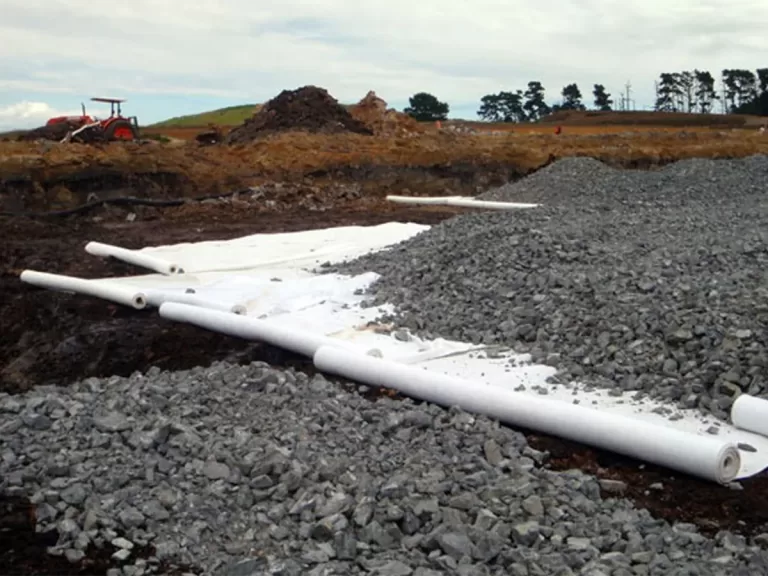
After consulting with a geosynthetics supplier, they chose to install geotextile fabric for driveway stabilization.

The use of geocomposite retaining walls is particularly advantageous in areas with challenging soil conditions or tight budgets.

The growing demand for geocomposite retaining walls can be attributed to advancements in geosynthetic materials
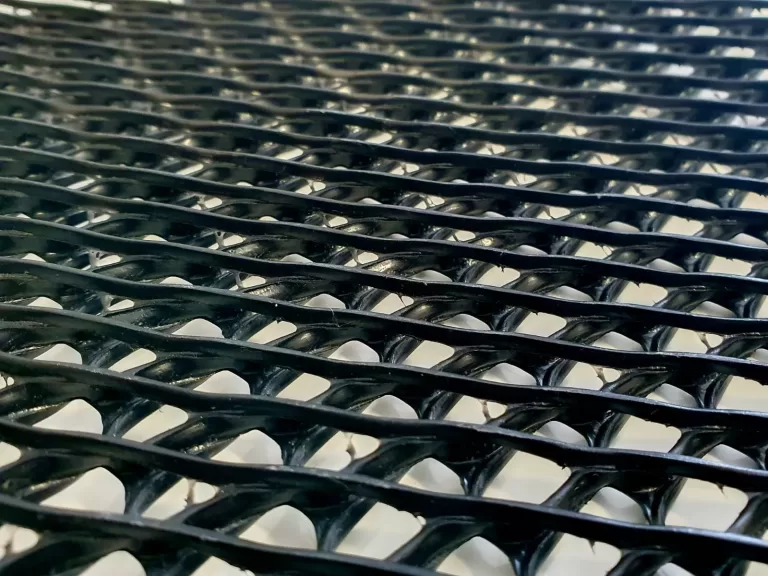
By addressing drainage challenges with a drain geonet, you can enhance the reliability and efficiency of your electric motor systemsc.

One of the main benefits of Geonet water flow is its ability to enhance the performance of drainage systems.
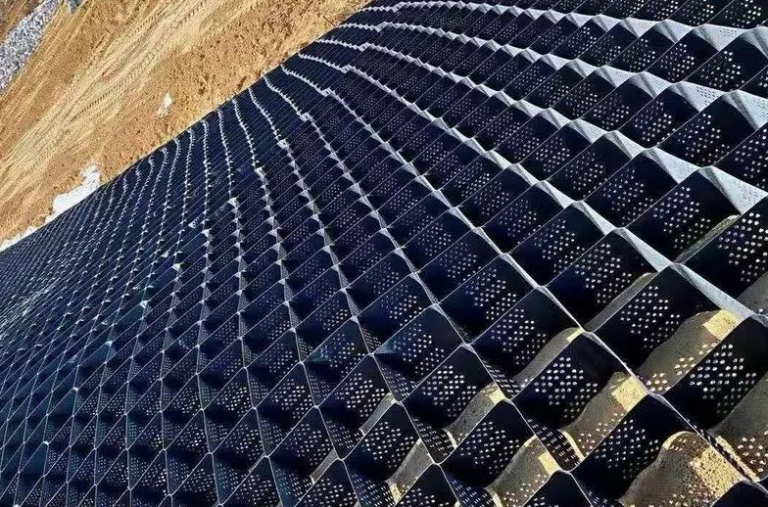
Geocell walls play a vital role in modern construction and civil engineering projects.
And they are an effective and sustainable solution.
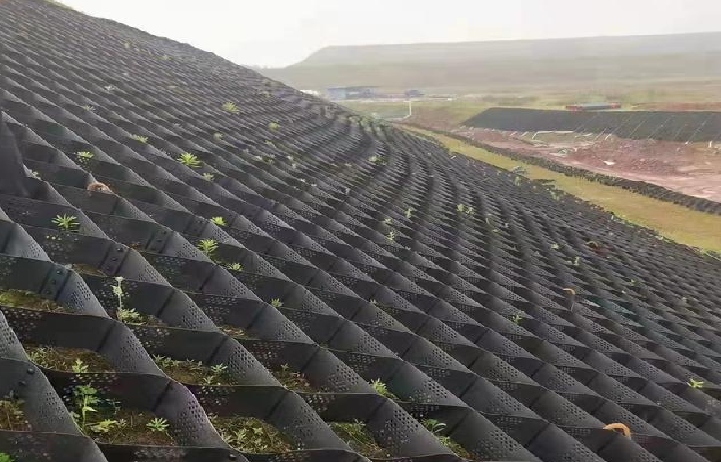
Geocell retaining walls have become an essential solution for enhancing the stability and durability of soil structures.
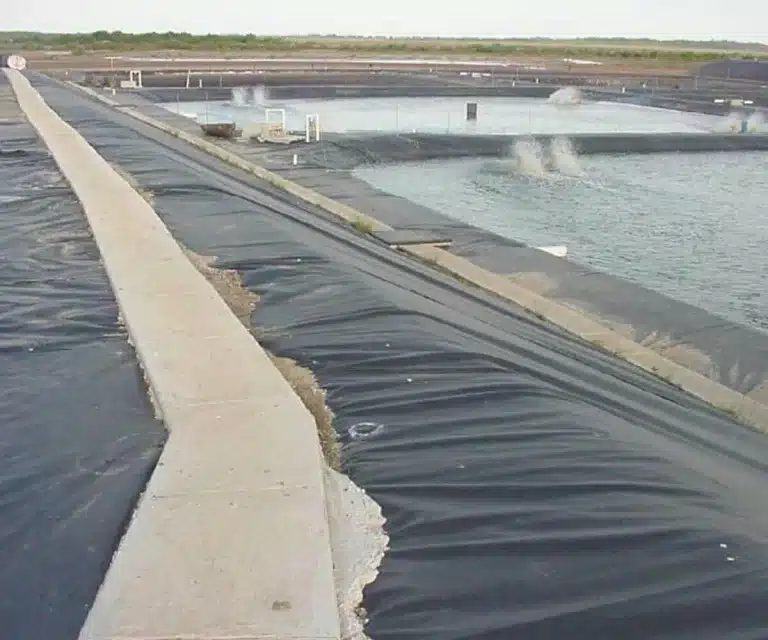
The versatility and effectiveness of geomembrane pond liners in various industries, including agriculture, mining, and aquaculture

The 0.4mm aquaculture geomembrane black is not only practical but also contributes to the sustainable development of aquaculture.
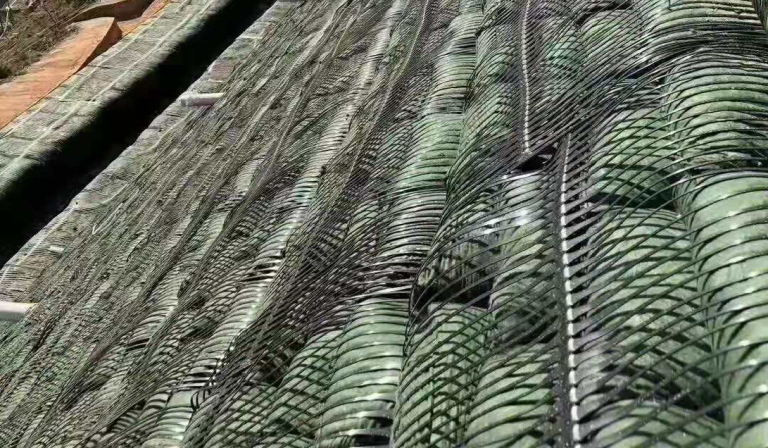
Geogrid biaxial technology is set to redefine the way engineers approach soil reinforcement in the coming years.
End of content
End of content
WhatsApp us